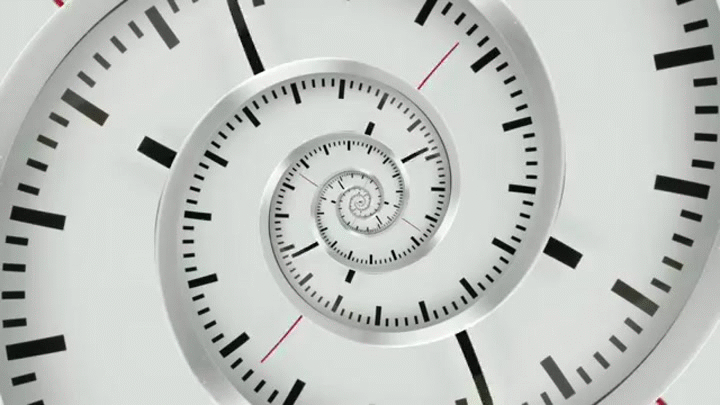The AR Story Archive
Stories of Age/Time Transformation

by: MrChristopher | Complete Story | Last updated Oct 1, 2011
I've read many AR stories lately and one thing I've noticed about a lot of them (about 3\4) that the author has not done any research on the developmental stages of the age they pick their character to be (or regress to). So I've decided to post the developmental stages of children. I hope you find it helpful. (Added Kindergarten Info)
Chapter Description: One-year-olds are delightful. Babies this age are developing a real personality and will reward you with laughter, funny faces, and affectionate hugs. First steps and first words are exciting events.
One-year-olds are delightful. Babies this age are developing a real personality and will reward you with laughter, funny faces, and affectionate hugs. First steps and first words are exciting events.
Growth during this time is still rapid, but height and weight gains are not as dramatic. As growth decreases, appetite decreases and children may eat less.
PHYSICAL DEVELOPMENT
• weight: 17-30 pounds
• height: 27-35 inches
• crawls well
• stands alone, sits down
• gestures or points to indicate wants
• likes to push, pull, and dump things
• pulls off hat, socks, and mittens
• turns pages in a book
• stacks 2 blocks
• likes to poke, twist, and squeeze
• enjoys flushing toilets and closing doors
• enjoys carrying small objects while walking, often one in each hand
• holds crayon and scribbles, but with little control
• waves bye-bye and claps hands
• walks without help
• enjoys holding spoon when eating, but experiences difficulty in getting spoon into mouth
• rolls a ball to adult on request
INTELLECTUAL DEVELOPMENT
• says 8-20 words you can understand
• looks at person talking to him
• says "hi" or "bye" if reminded
• uses expressions like oh-oh
• asks for something by pointing or using one word
• identifies object in a book
• plays peek-a-boo
• looks for objects that are out of sight
• understands and follows simple 1-step directions
• likes to take things apart
SOCIAL AND EMOTIONAL DEVELOPMENT
• becomes upset when separated from parent
• likes to hand objects to others
• plays alone on floor with toys
• recognizes self in mirror or pictures
• enjoys being held and read to
• imitates others, especially by coughing, sneezing, or making animal sounds
• enjoys an audience and applause
IDEAS FOR CAREGIVERS
• Enjoy some "floor time" with one-year-olds each day. Crawl around together, play peek-a-boo behind the sofa, or roll a ball back and forth. Young children will love having you down on their level.
• Review your baby-proofing. Children’s increasing growth and mobility make it possible for them to reach unsafe heights and play with dangerous material. Get down on your knees in each room and look at things from a child’s perspective. Put toxic items like paint, dishwashing detergent, medicine, and make-up in high cupboards, preferably with a safety cabinet latch.
• Put together an "everyday junk box" of items that are fun to feel, poke, and squeeze. You might include plastic margarine tubs, an old sock, tissue paper to crumple, measuring cups of different sizes, a turkey baster, a nylon scarf, an egg carton, and paper cups. Remember, items smaller than a half-dollar can cause choking.
• Encourage play with safe mirrors. Stand or sit with a child before a mirror. Talk with him, make funny faces, and encourage movement.
• Provide a variety of simple picture books. Children can point at objects, animals, and people as you name them. Encourage them to name items and talk about the activities in the pictures.
• Provide equipment so that children can practice placing small items into containers. For example, let them drop clothespins into a plastic bottle. Provide containers with loose-fitting lids, and encourage children to open and close them.
• Relax and have fun dancing to music. Encourage children to bounce, sway, and wiggle.
• Use diapering time to point to some body parts and say them with an infant. Nose, ears, arms, legs, tummy, toes....
• Talk frequently to children to increase language skills and encourage cooperation. You can make dressing time more interesting by pointing to and identifying the name of clothes or body parts. For instance, "See this warm, red coat? Your arms go into the sleeves. See this soft, blue cap? It goes on your head!"
Around 18 months a child may get anxious and clinging about being separated from parents and other familiar caregivers. This behavior is normal. If possible, minimize separations during this time and stick to consistent routines.
National Network for Child Care - NNCC. Part of CYFERNET, the National Extension Service Children Youth and Family Educational Research Network. Permission is granted to reproduce these materials in whole or in part for educational purposes only(not for profit beyond the cost of reproduction) provided that the author and Network receive acknowledgment and this notice is included:
Reprinted with permission from National Network for Child Care - NNCC. Oesterreich, L. (1995). Ages & stages - 12 to 18 months. In L. Oesterreich, B. Holt, & S. Karas, Iowa family child care handbook [Pm 1541] (pp. 196-197). Ames, IA: Iowa State University Extension.
Regression - A Guide To The Developmental Stages
by: MrChristopher | Complete Story | Last updated Oct 1, 2011
Stories of Age/Time Transformation
